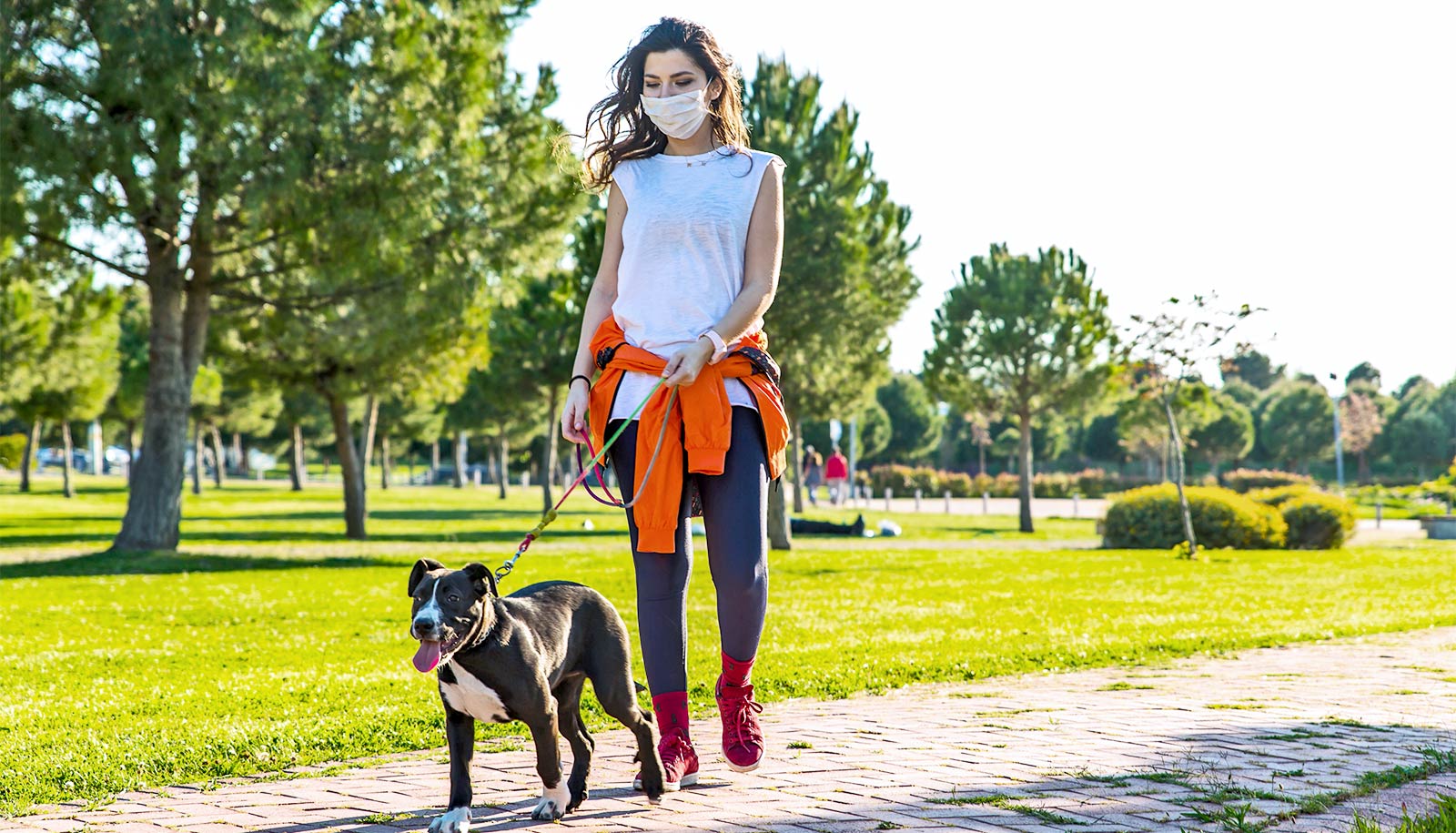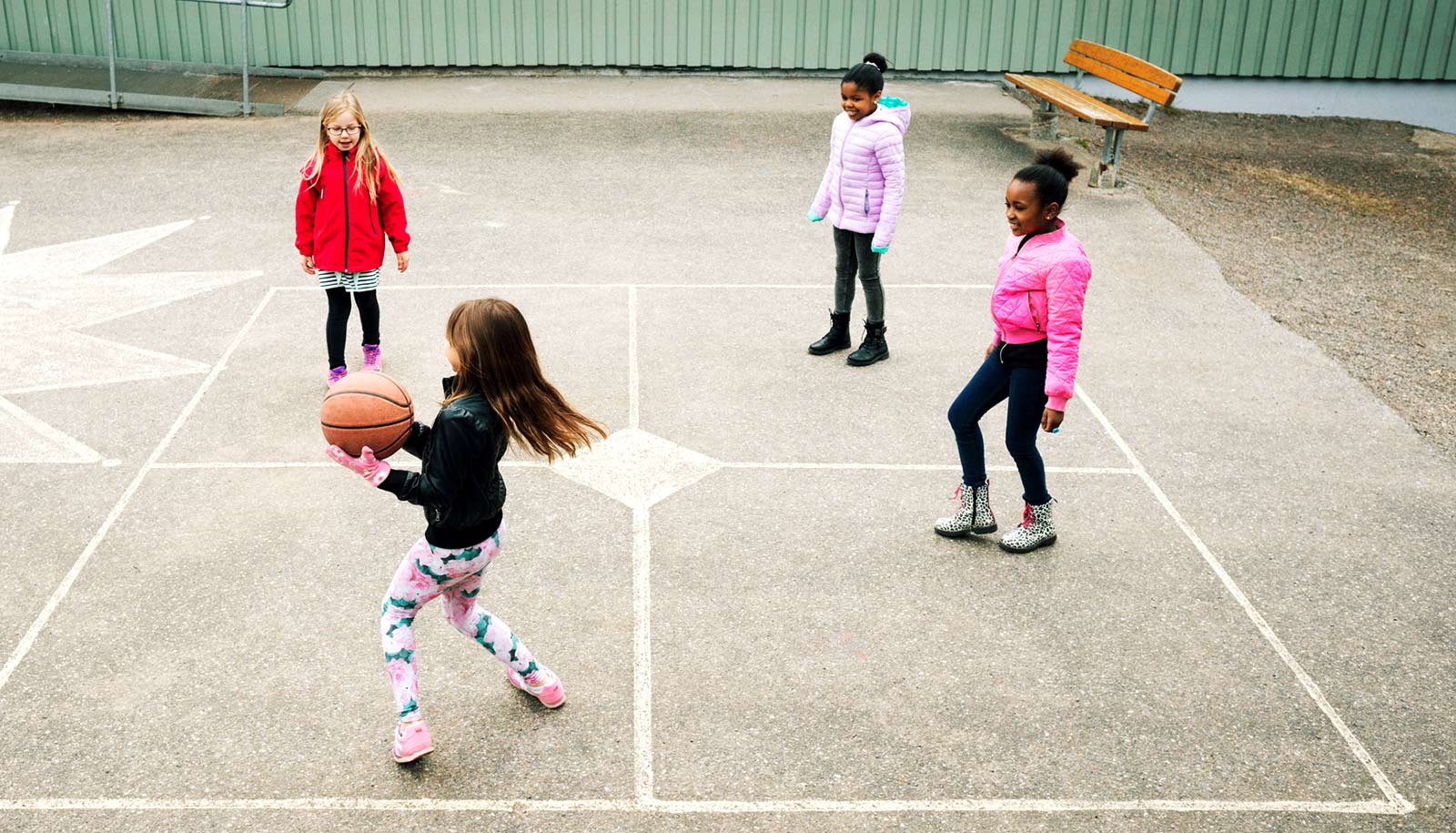Taking a walk in the park or just going out into nature could help teens and young adults feel better, according to a new survey.
Public health policies that actively support time spent outside could help promote teens’ overall well-being.
“Our findings suggest that spending time in nature, which youth define broadly as being outside, being around trees and woods and greenery, can have strong public health implications, given that youth might not need to travel as far or spend a lot of money to access nature,” says Astrid Zamora, a fourth-year doctoral student at the University of Michigan’s School of Public Health and lead researcher of the report published in BMC Public Health.
“We know that mental health issues are highly prevalent among Americans in general, and we also know that it’s very costly to access and utilize mental health services.”
For their study, researchers used MyVoice, a text messaging poll designed to gather fast and qualitative responses from youth ages 14-24. In September 2020, researchers sent five open-ended questions that aimed to assess perceptions regarding nature to 1,174 participants. Researchers later analyzed the qualitative responses.
Of the 994 respondents, many felt that spending time in nature positively affected their mental health.
- 52% mentioned that it made them “feel calm when I am out in nature,” 22% said that it relieved stress or “reduces my anxiety,” and 17% felt that being in nature positively affected their physical health and “makes me feel more active and in shape.”
- 88% said they want to spend more time in nature, with 22% mentioning barriers impeding them from doing so.
Mental and physical health of youth has been a growing public health concern in the US, yet many youth continue to lack access to services, Zamora says.
“We know that youth experience a variety of physiological, lifestyle, and behavioral changes during this life stage, which may place them at an increased risk of experiencing both poor mental and physical health,” she says.
“What we also know is that today’s youth are spending a lot less time in nature than previous generations with the uptake of technology likely being one of many factors associated with this decline. We feel this information would be imperative in informing community-level policies and interventions that aim to support youth mental and physical health.”
Source: University of Michigan



